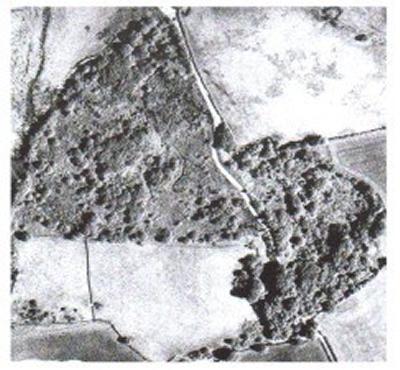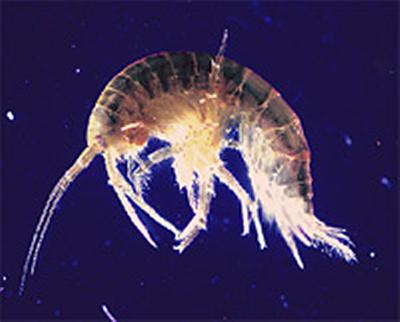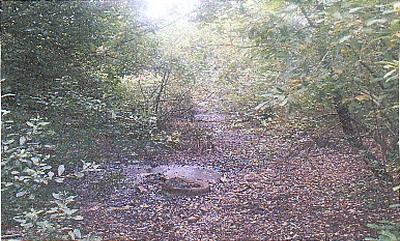The research focuses on Maendy Quarry, which is a disused landfill site, situated in South Wales. The site is located in an upland area virtually on the watershed between the catchments of the River Taff and River Ely. The discharge from Maendy Quarry joins the Nant Ty'r Arlywdd, a tributary of the River Ely.
Monitoring is essential for determining the impact of contaminants on natural ecosystems and assessing the efficiency of pollution control measures. Chemical and biological analysis has been used to monitor the quality of rivers and streams, the most commonly used approach being based on bethic macro-invertebrates. Such methods, however, require individuals, species or even families of macro-invertebrates to be eradicated from a site before impact can be detected.
In conjunction with these techniques, in-situ and ex-situ tests have been developed, based on the acute and sub-lethal response of macro-invertebrates, which can act as early warning indicators and do not impinge on the population dynamics of riverine communities. Macro-invertebrate species vary in sensitivity to pollution and as a consequence, mixed species toxicity tests have been designed, which take into account thre response of tolerant and sensitive animals, enabling pollution boundaries to be established. The test animals used in these investigations can be captured prior to use or originate from a laboratory breeding programme. The majority of toxicological studies, however, employ laboratory bred animals to ensure standardisation. A comprehensive picture of a pollutants impact on a river system can, therefore, be achieved by establishing a monitoring programme that combines the aforementioned techniques.
- To carry out a biological survey and micro-habitat investigation, to establish if leachate discharge from Maendy Quarry landfill site has an adverse outcome on the Nant Ty'r Arlywdd, intro which it discharges.
- To create a standardised in-situ and ex-situ mixed species toxicity testing programme, to determine if the leachate holds toxicity to riverine species.
- To select the appropriate pollution tolerant and sensitive macro-invertebrate species, to use as test animals in the toxicity testing programme.
- To establish a laboratory breeding programme for the chosen test animals.
- To perform in-situ and ex-situ toxicty tests, to assess the leachates level of toxicity towards the pollution tolerant and sensitive riverine species.
- To assess if remediation techniques (e.g. pilot-scale aerobic digestion, air stripping and reed bed technologies) could reduce the leachates level of toxicity towards the test animals.
- If an on-site treatment plant were to be installed at Maendy Quarry landfill site, determine, which remediation technique would best protect the integrity of the Nant Ty'r Arlywdd.
Key findings
- The leachate discharge from Maendy Quarry landfill site caused localised pollution of the Nant Ty'r Arlywdd for 800 metres.
- Application of standardised in-situ and ex-situ acute toxicity tests revealed that the leachate held toxicity to laboratory bred Asellus aquaticus (pollution tolerant) and Gammarus pulex (pollution sensitive) macro-invertebrates.
- At sub-lethal leachate concentrations, the frequency of Asellus aquaticus births and the final length of their offspring were reduced. It would appear that the fecundity of Gammarus pulex was also manipulated.
- Aerobic digestion, air stripping and reed bed technologies were able to remediate the leachate and reduce its level of acute and sub-lethal toxicty towards the test animals. Aerobic digestion and air stripping proved to be the most success treatments and reed beds the least efficient.
- If an on-site treatment plant were to be installed at Maendy Quarry landfill site, the remediation technique that would best protect the integrity of the Nant Ty'r Arlywdd is air stripping.
- The procedures developed in this research may, therefore, be used as a standard methodology for pollution control and environmental impact assessments.
Collaborators
Cleanaway Ltd



